Latvia
Discover Latvia
Latvia, officially known as the Republic of Latvia, is a country in the Baltic region of Northern Europe. It is bordered by Estonia to the north, Lithuania to the south, Russia to the east, and Belarus to the southeast. The country has a rich history and is known for its beautiful landscapes, picturesque towns, and vibrant culture.
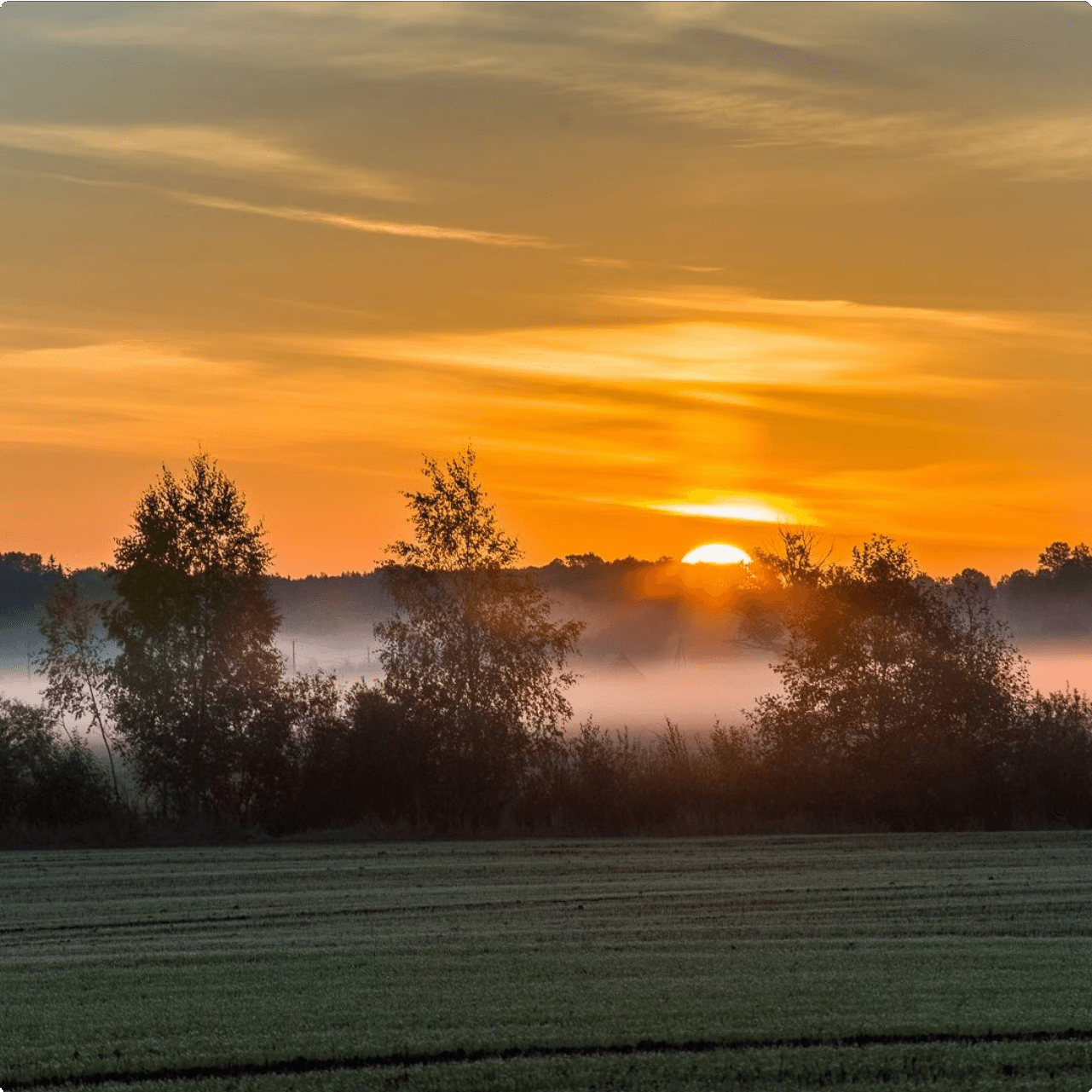
Latvia is famous for its breathtaking national parks, such as Gauja National Park and Kemeri National Park, which offer stunning natural scenery and diverse wildlife. The country’s capital, Riga, is a cultural hub with its medieval Old Town, art nouveau architecture, and vibrant artistic scene. Additionally, Latvia is renowned for its traditional folk music, intricate woven crafts, and colorful festivals that celebrate its unique heritage.
Flag of Latvia
The flag of Latvia consists of three horizontal stripes – a wide maroon (dark red) stripe in the middle, with two narrow white stripes above and below it. The colors are symbolic, with maroon representing the bravery and the blood shed for the nation, and white symbolizing the desire for peace and freedom. The design is a powerful representation of the country’s history and resilience.
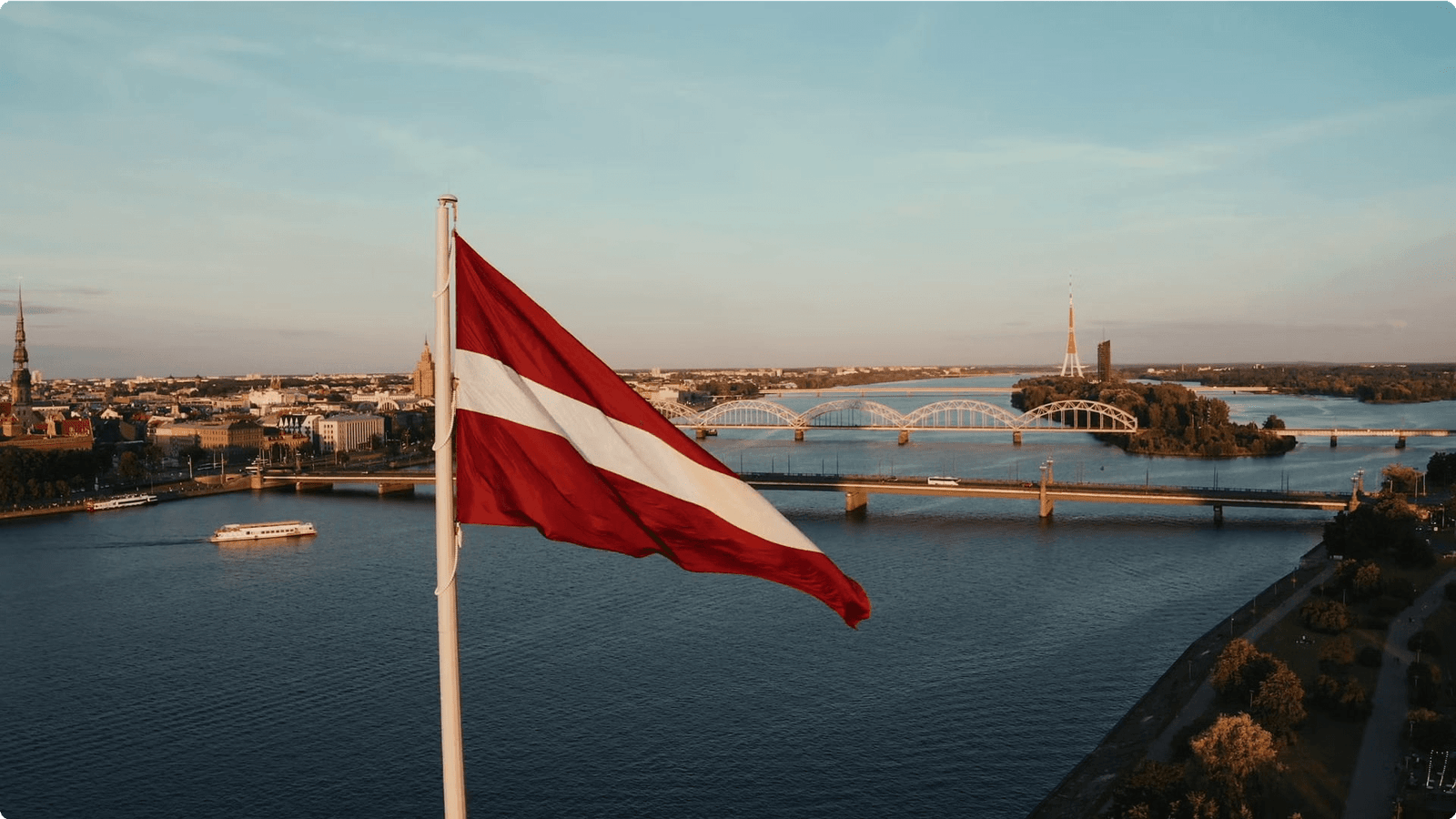
The flag was first adopted in 1918 when Latvia gained independence, and it was reaffirmed as the national flag in 1990 after the country regained its independence from the Soviet Union. On important national and international occasions, the Latvian flag is proudly displayed, symbolizing the unity and strength of the Latvian people.
With its rich symbolism and historical significance, the flag of Latvia holds a special place in the hearts of the Latvian people and serves as a powerful emblem of national pride and identity.
For images, please use the query “Latvia flag waving” to find beautiful photos capturing the flag in motion, such as during national celebrations or against scenic backdrops.
Map of Latvia
Latvia is situated in the Baltic region of Northern Europe, bordered by Estonia to the north, Lithuania to the south, Russia to the east, and Belarus to the southeast. The country has a diverse landscape that includes forests, rivers, and beautiful coastal areas along the Baltic Sea. The capital city, Riga, is the largest city in the country and is known for its stunning architecture and historic Old Town.

The map of Latvia showcases the country’s unique geography, highlighting its major cities, national parks, and cultural landmarks. It provides valuable insight into the layout of the country, making it easier for travelers to plan their visits and explore the diverse attractions Latvia has to offer.
With its rich history and natural beauty, Latvia’s map serves as a guide for adventure seekers, history enthusiasts, and cultural explorers, offering a glimpse into the enchanting landscapes and vibrant cities that make up this captivating Baltic nation.
Explore the dynamic landscapes from the Gulf of Riga to the breathtaking Gauja National Park and discover the charm of Latvia through its well-documented map, a key companion for anyone eager to experience the allure of this intriguing European gem.
Currency of Latvia
Euro as the Official Currency
Since 2014, Latvia has adopted the euro (EUR) as its official currency, replacing the Latvian lats. This move aimed to strengthen the country’s economic ties with other European Union members and facilitate trade and travel within the EU.

Historical Currencies
Before joining the eurozone, Latvia had its own currency, the lats, which was introduced in 1922 and played a significant role in the country’s economic history. The lats went through periods of revaluation and devaluation, reflecting the country’s economic and political changes.
Impact on Daily Life
The adoption of the euro has streamlined financial transactions for tourists and businesses, as it is a widely recognized and stable currency. It has also opened up opportunities for Latvian businesses to expand their trade partnerships and participate in the larger European market.
Economy of Latvia
Growth and Development: Latvia has experienced significant growth and development in recent years, with a focus on innovation and technology. The country’s economy has diversified, with a strong emphasis on sectors such as IT, finance, and manufacturing.
Export and Trade: Latvia’s export industry is a key driver of its economy, with a focus on exporting machinery, wood products, food and beverages, and pharmaceuticals to various international markets, particularly within the European Union.
Tourism and Hospitality: The tourism industry in Latvia has seen steady growth, attracting visitors with its rich cultural heritage, beautiful landscapes, and vibrant cities. This has contributed significantly to the country’s economic development.
European Union Membership: Latvia’s economy has benefitted from its membership in the European Union, gaining access to a vast market and substantial funding for infrastructure and development projects.
Culture of Latvia
Latvian culture is rich and diverse, influenced by a long history and a unique mix of traditions. One of the most notable aspects of Latvian culture is its strong connection to nature and folklore. The Latvian people have a deep appreciation for the natural world, which is reflected in their traditional celebrations and rituals.
The traditional Latvian midsummer festival, known as “L go,” is a time of joyful songs, dances, and flower wreaths. It’s a celebration of the summer solstice and a homage to the fertility of the earth. Another important cultural element is the strong tradition of choral singing, where Latvians come together to
perform harmonious folk songs, expressing unity and pride in their heritage.
Latvian culture also encompasses a vibrant art scene, with a focus on traditional crafts such as pottery, woodworking, and woven textiles. The country’s art galleries and museums showcase both historical and contemporary works, providing a fascinating insight into Latvia’s artistic evolution.
Moreover, Latvian cuisine is an integral part of the culture, with hearty, rustic dishes that highlight locally sourced ingredients. Rye bread, smoked fish, and hearty soups are staples of the Latvian diet, reflecting the country’s agricultural heritage.
Traditional Latvian Dance
Traditional Latvian dance holds a significant place in the country’s cultural heritage, reflecting the history and traditions of the Latvian people. The most iconic dance style in Latvia is the “Hora,” characterized by lively footwork, intricate patterns, and vibrant costumes. The dancers often form circles or lines, creating a captivating visual spectacle that embodies the spirit of community and celebration.
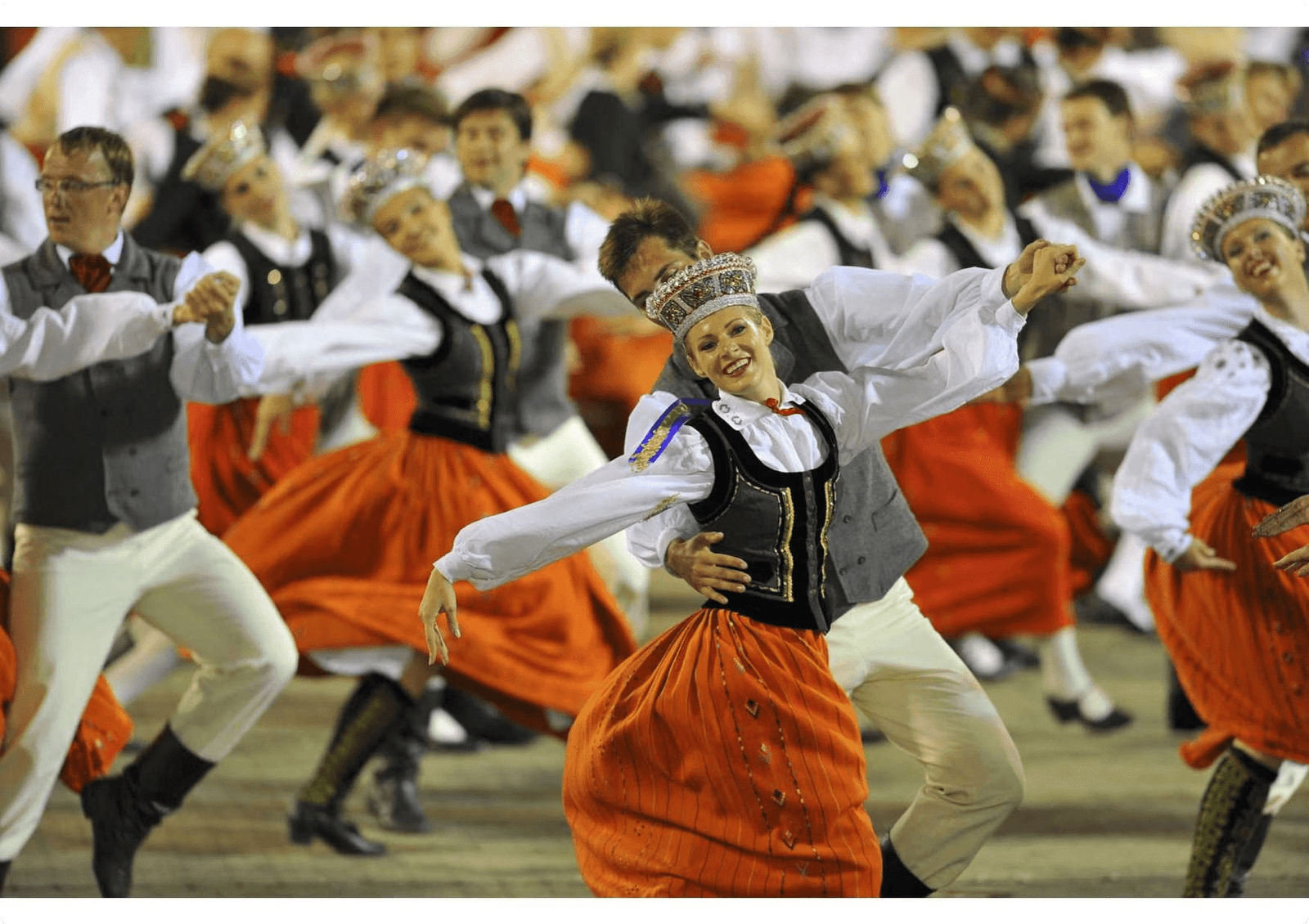
This traditional art form is deeply rooted in Latvian folklore and plays a central role in various cultural events, festivals, and gatherings. It serves as a symbol of national identity, preserving age-old customs and storytelling through graceful movements and rhythmic music.
The captivating nature of Latvian dance has garnered international recognition, attracting enthusiasts and performers from around the world. The exuberant expressions and synchronized choreography showcase the unity and vitality of the Latvian people, making it a mesmerizing spectacle for both locals and visitors.
For a visual representation, imagine a group of dancers gracefully moving in unison, adorned in colorful attire, under the radiant glow of traditional Latvian lanterns, embodying the spirit of unity and cultural richness.
Latvian Cuisine
Rye Bread
Rye bread is a staple in Latvian cuisine, known for its dense texture and rich, earthy flavor. It is often enjoyed with a spread of butter or traditional Latvian cheese, creating a simple yet delicious snack or accompaniment to meals.
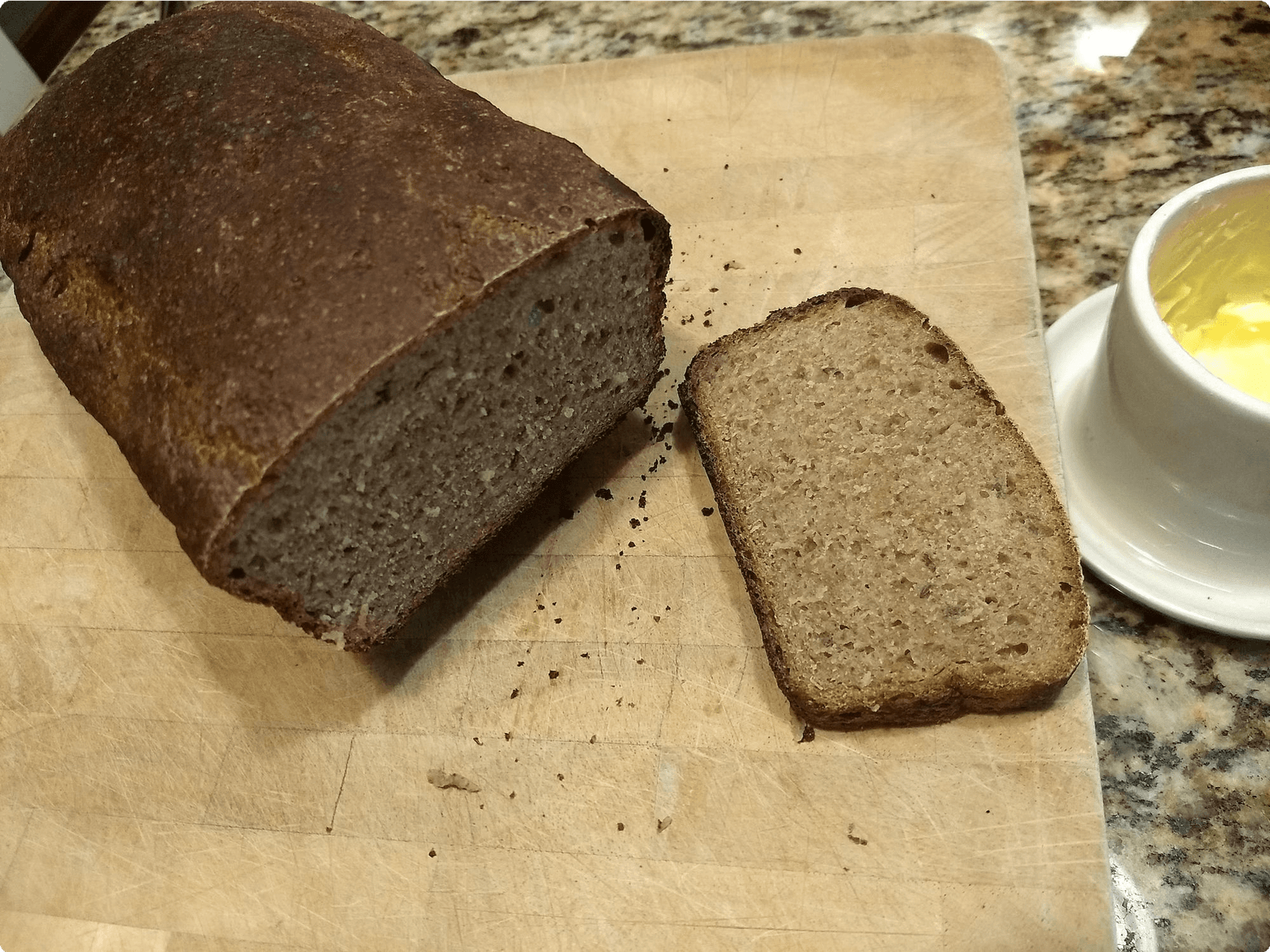
Latvians take pride in their centuries-old tradition of baking rye bread, with each family often having their own unique recipe and baking methods. The aroma of freshly baked rye bread is a nostalgic and comforting scent for many Latvians.
Grey Peas and Speck
Grey peas and speck is a classic Latvian dish that reflects the country’s agricultural heritage. The grey peas are typically boiled until tender and then paired with crispy, flavorful pieces of speck (smoked pork fat).
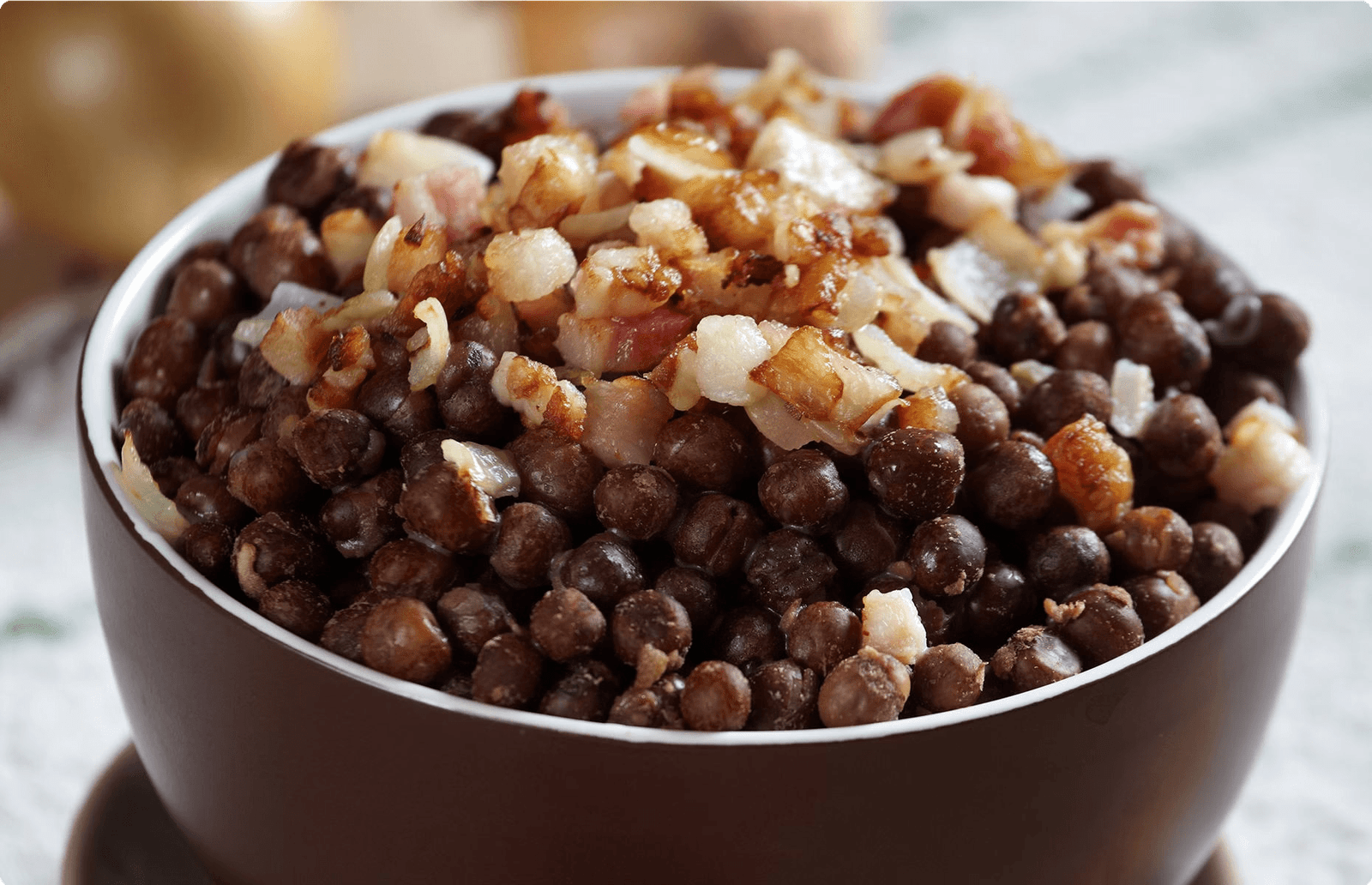
This hearty and savory dish is often seasoned with onions and reflects the simple yet satisfying nature of traditional Latvian cuisine. It is a popular choice during celebrations and family gatherings.
Speķa P r gi (Bacon Buns)
Speķa p r gi are small, crescent-shaped buns filled with a savory mixture of diced bacon, onions, and sometimes added with herbs or spices for extra flavor. These delicious pastries are often enjoyed as a snack or appetizer.

They are a beloved part of Latvian cuisine, often made in large batches during special occasions or holidays. The combination of flaky pastry and savory filling makes speķa p r gi a delightful treat for locals and visitors alike.
Famous Latvian Celebrities
El na Garanča
El na Garanča is a world-renowned Latvian mezzo-soprano opera singer. She has performed at top opera houses and concert halls worldwide, captivating audiences with her stunning vocal prowess. Garanča is celebrated for her powerful and emotional performances, making her a prominent figure in the classical music scene.
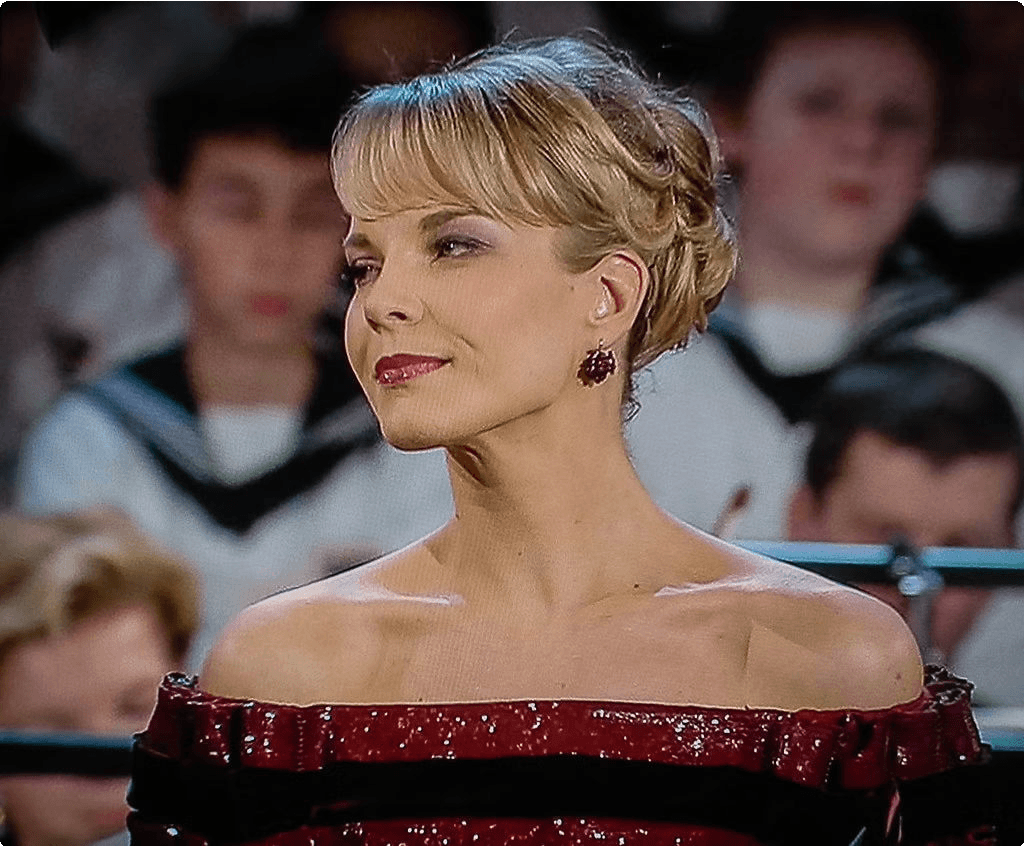
Kristaps Porziņģis
Kristaps Porziņģis is a Latvian professional basketball player known for his exceptional skill and versatility on the court. As a prominent NBA athlete, Porziņģis has gained widespread recognition for his dynamic playing style, earning accolades and admiration from fans and fellow players alike.

Aminata Savadogo
Aminata Savadogo is a talented Latvian singer and songwriter. With a unique blend of soulful vocals and artistic expression, Aminata has made a significant impact on the music industry. Her powerful performances and creative artistry have contributed to the global appreciation of Latvian music.
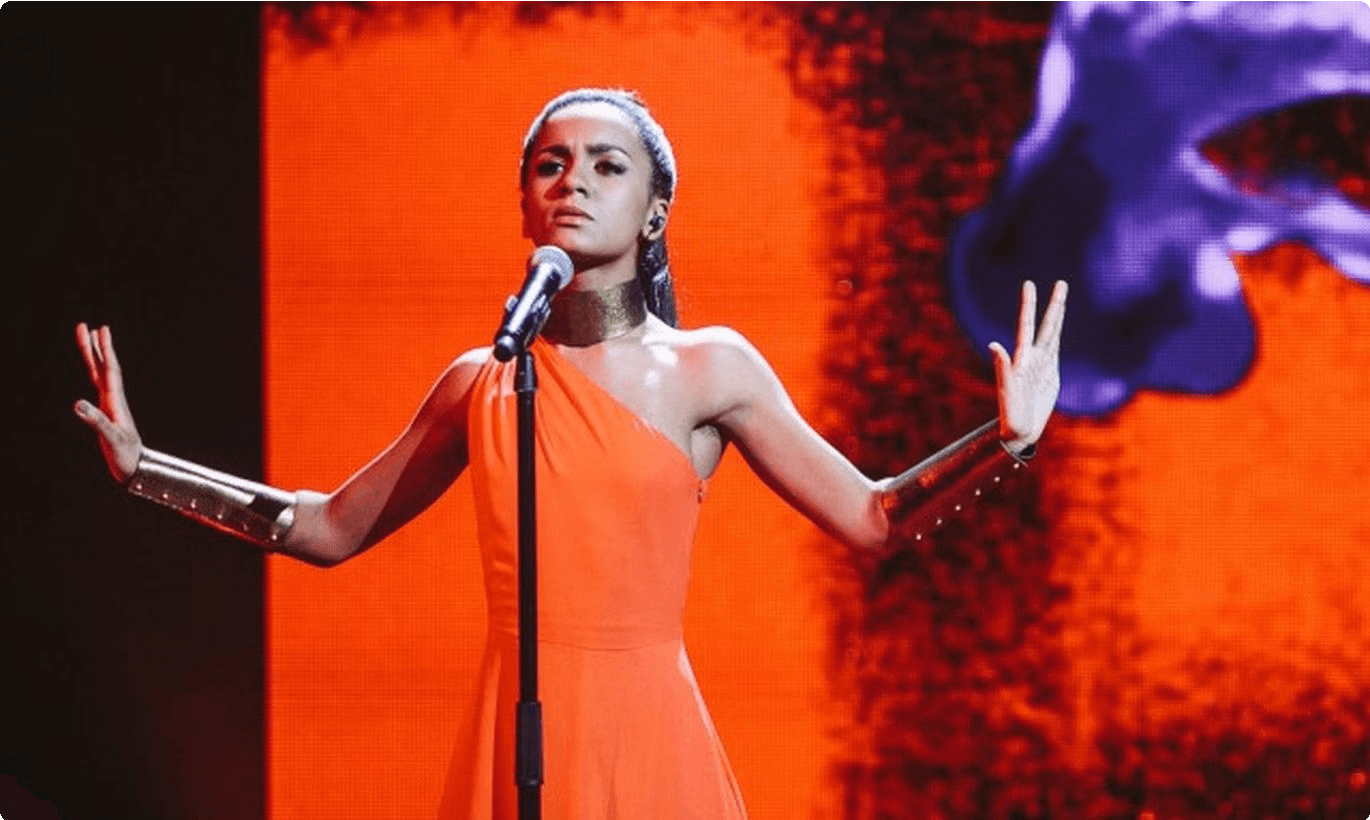
Ģirts Karlsons
Ģirts Karlsons is a highly influential Latvian architect known for his innovative and visionary designs. His architectural work has left an indelible mark on the urban landscape, blending modern aesthetics with sustainable principles. Karlsons’ contributions have significantly enriched the architectural heritage of Latvia.
Best cities to visit in Latvia
Riga: The capital and largest city of Latvia, known for its beautifully preserved medieval old town, vibrant Art Nouveau architecture, and lively cultural scene.
Jurmala: A stunning coastal resort town with serene beaches, mineral-rich therapeutic waters, and charming wooden architecture, making it a popular retreat for relaxation and wellness.
Liepaja: A historic port city famous for its white sandy beaches, unique military heritage, and thriving music culture, often hosting various international festivals and events.
Daugavpils: The second-largest city known for its diverse cultural heritage, including the impressive Daugavpils Fortress, rich art scene, and the mesmerizing Mark Rothko Art Centre.
Sigulda: A picturesque town surrounded by stunning natural landscapes, including lush forests, the Gauja River Valley, and medieval castles, offering plenty of outdoor activities and adventure.
Cesis: A charming town with a well-preserved medieval castle, cobblestone streets, and beautiful parks, providing a captivating blend of history, nature, and cultural experiences.
Ventspils: A vibrant coastal city known for its colorful waterfront, sandy Blue Flag beaches, and diverse range of family-friendly attractions, including adventure parks and interactive museums.
Kuldiga: A romantic town with enchanting architecture, Europe’s widest waterfall, and a peaceful countryside atmosphere, ideal for a tranquil and picturesque escape.
Riga
Riga, the capital city of Latvia, is a vibrant metropolis known for its enchanting blend of medieval and art nouveau architecture. The city sits on the banks of the Daugava River, offering stunning panoramic views and a rich cultural tapestry. From the captivating old town, a UNESCO World Heritage site, with its
narrow cobbled streets and historic buildings, to the bustling Central Market, Riga is a city that
seamlessly integrates tradition with modernity.
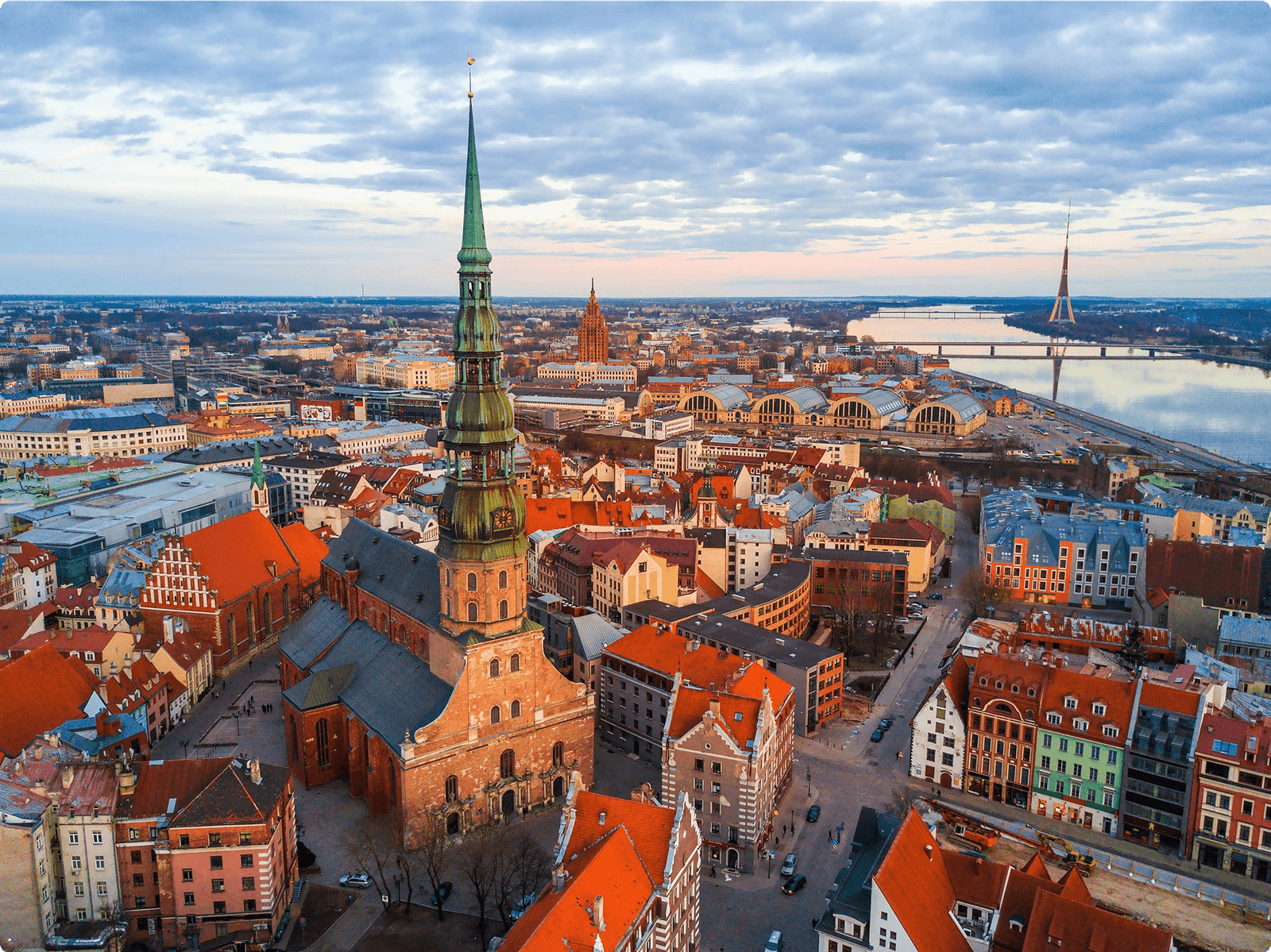
The city is also a hub of creativity, with art galleries, museums, and a thriving contemporary arts scene. Visitors can explore the diverse culinary landscape, enjoying traditional Latvian dishes alongside international cuisines. Riga also boasts an exciting nightlife, vibrant festivals, and a lively music and theater scene.
From historical significance to a forward-thinking urban environment, Riga offers a compelling travel experience for those seeking to immerse themselves in culture, history, and creativity.
Jurmala
Jurmala is a beautiful seaside resort town located on the Gulf of Riga in Latvia, known for its stunning beaches and fresh sea air. It stretches along the coast for more than 30 kilometers, offering visitors a perfect blend of relaxation and natural beauty.
The town is famous for its wooden architecture, with many charming, historic villas nestled among the pine trees. Strolling along Jomas Street, the main promenade, provides a delightful experience, with its array of shops, cafes, and restaurants.
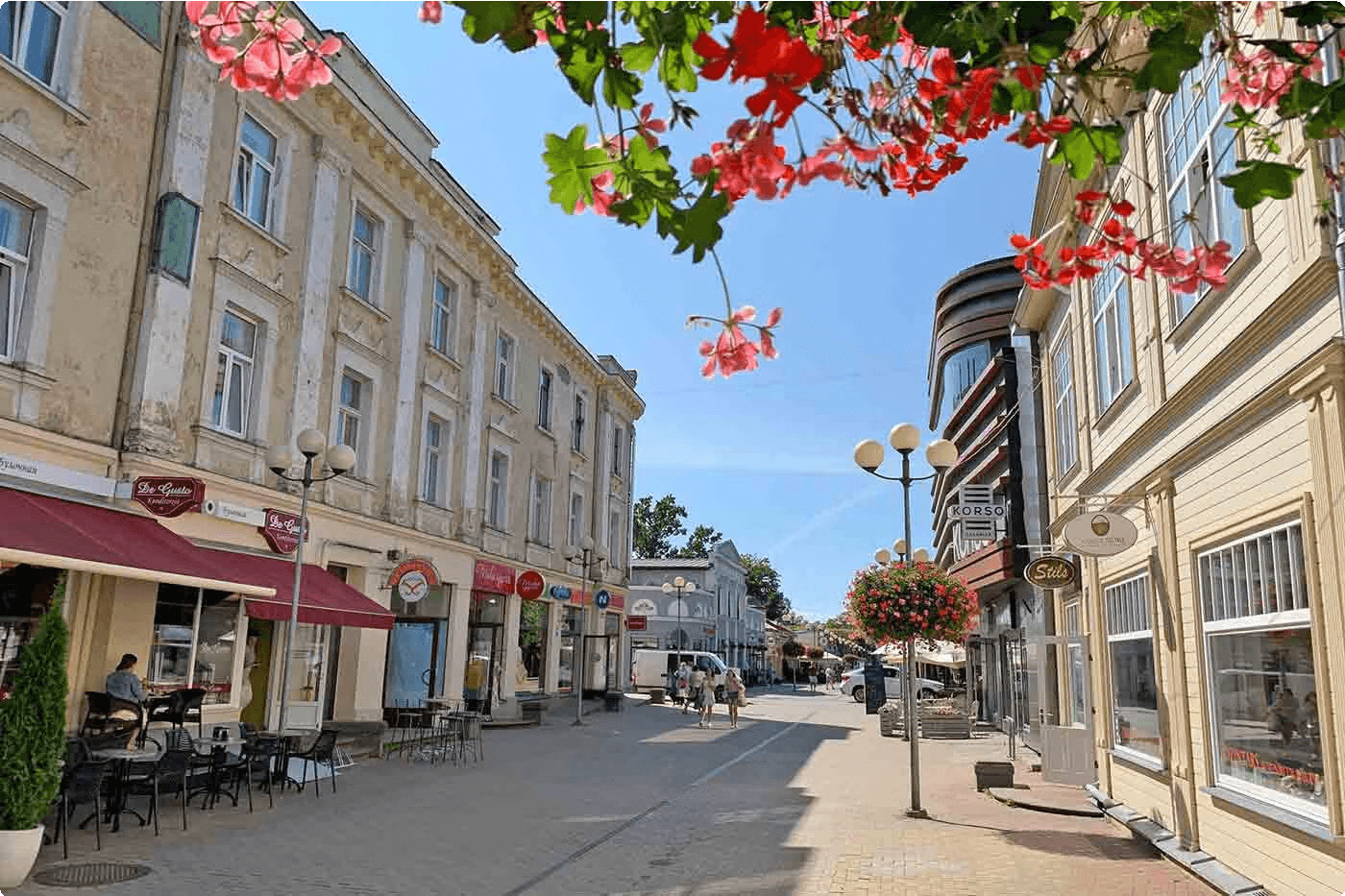
The white sand beaches are the perfect spot for sunbathing, swimming, and beach volleyball during the summer months. The tranquil atmosphere and picturesque surroundings make J rmala a popular destination for both locals and tourists seeking a peaceful retreat by the sea.
Moreover, the town hosts numerous cultural events, music festivals, and art exhibitions, further adding to its appeal as a vibrant cultural hub by the Baltic Sea.
Liepaja
Liepaja, also known as the “City where the wind is born,” is a vibrant port city located on the Baltic Sea coast of Latvia. With a rich history dating back to the 13th century, Liepaja has evolved into a fascinating mix of cultural influences, making it a must-visit destination for travelers seeking to explore Latvia’s coastal charm.
One of the city’s most iconic landmarks is the Karosta naval port with its imposing forts and military history, offering a glimpse into Liepaja’s intriguing past. The city is also renowned for its beautiful Blue Flag beaches, attracting sun-seekers and water sports enthusiasts during the summer months.
Additionally, Liepaja is a significant cultural hub, boasting vibrant music festivals, renowned music conservatories, and a thriving arts scene.
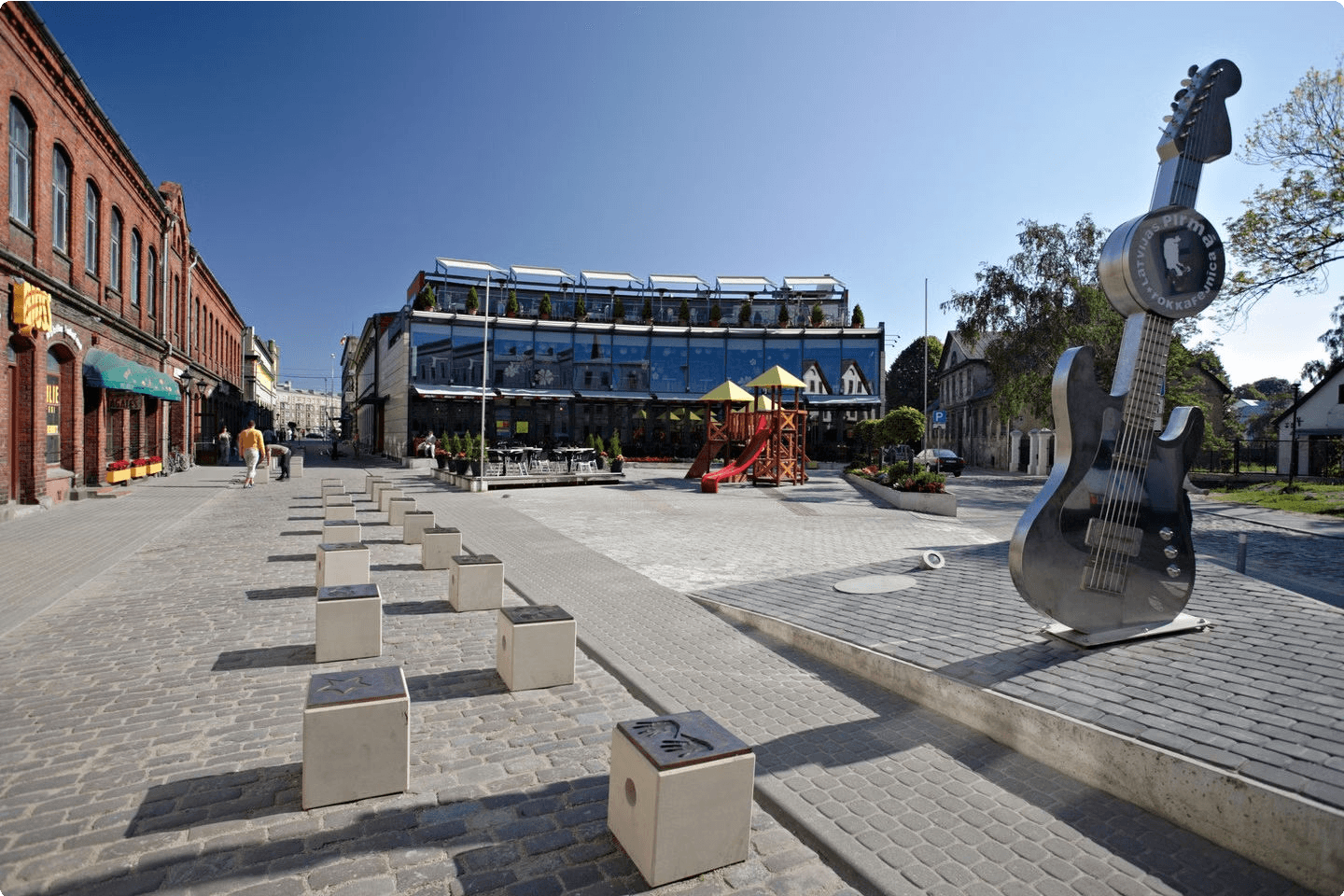
Visitors to Liepaja can explore the historic architecture of the city center, stroll along the picturesque seaside promenade, and indulge in the local seafood delicacies at charming seaside cafes. Whether it’s immersing in the city’s musical heritage, discovering its maritime legacy, or simply enjoying the coastal ambiance, Liepaja offers a unique blend of experiences for travelers to savor.
For a truly immersive experience, travelers can attend a concert at the acoustic marvel, the Great Amber Concert Hall, or delve into the chilling history of the Karosta Prison. Liepaja’s captivating mix of history, culture, and natural beauty makes it an enchanting destination that promises a memorable journey for all who visit.
Daugavpils
Daugavpils is the second-largest city in Latvia, located in the southeastern part of the country. With a rich history and diverse cultural heritage, Daugavpils offers a unique blend of architectural marvels, historical landmarks, and natural beauty.
The city is known for its impressive Daugavpils Fortress, a 19th-century military complex that has been well-preserved and transformed into a cultural and historical hub. Visitors can explore the fortress’s ramparts, bastions, and artillery casemates, providing a fascinating glimpse into the city’s past.

In addition to its historical significance, Daugavpils is celebrated for its vibrant arts scene, with numerous galleries, museums, and art studios showcasing the work of local and international artists. The city also boasts picturesque parks, tranquil lakes, and charming cobblestone streets, creating a captivating ambiance for visitors.
The Daugavpils Mark Rothko Art Centre, dedicated to the renowned abstract expressionist painter Mark Rothko, is a must-visit attraction, featuring an extensive collection of his artworks and exhibitions by contemporary artists.
Sigulda
Sigulda is a picturesque town located in the Gauja River valley in Latvia. Known as the “Switzerland of Latvia,” Sigulda is renowned for its stunning natural landscapes, including dense forests, caves, and the flowing Gauja River. The town is a paradise for outdoor enthusiasts, offering a wide range of activities such as hiking, cycling, and bobsleighing. Its hilly terrain provides breathtaking panoramic views, making it a popular destination for nature lovers and adventure seekers.
Aside from its natural beauty, Sigulda also boasts a rich historical and cultural heritage. Visitors can explore medieval castles, such as Turaida Castle and Sigulda Castle, which offer fascinating insights into Latvia’s history. The town also hosts various events and festivals, celebrating its traditions and folklore, giving visitors a chance to immerse themselves in Latvian culture.
For those seeking a tranquil retreat, Sigulda’s serene atmosphere and charming countryside make it an ideal destination. With its combination of natural wonders and historical charm, Sigulda captivates the hearts of all who visit, making it a must-see gem in Latvia’s crown.
For breathtaking views of the Gauja River Valley and a perfect blend of nature and history, Sigulda stands out as a top destination not to be missed on a Latvian itinerary.
Cesis
Cesis is a charming town located in the northern part of Latvia, known for its rich historical heritage and stunning natural beauty. The town’s medieval Old Town is a picturesque area filled with cobblestone streets, ancient buildings, and the impressive Cesis Castle. The castle, dating back to the 13th century, offers visitors a glimpse into Latvia’s medieval past and provides breathtaking views of the surrounding landscape.
Aside from its historical significance, Cesis is also a hub for cultural activities, with vibrant arts and music scenes. Visitors can explore the town’s art galleries, attend local concerts, and experience traditional Latvian folk music and dance performances. Additionally, Cesis hosts various festivals and events throughout the year, showcasing the region’s cultural diversity and creative talents.
The natural surroundings of Cesis are equally captivating, offering opportunities for outdoor adventures such as hiking, cycling, and exploring the nearby Gauja National Park. The park’s lush forests, scenic trails, and the Gauja River provide a peaceful escape into Latvia’s unspoiled natural landscapes.
Overall, Cesis is a destination that seamlessly blends history, culture, and natural beauty, making it a must-visit for travelers seeking an authentic Latvian experience.
Ventspils
Ventspils is a charming coastal town located in western Latvia, overlooking the Baltic Sea. This picturesque city is known for its beautiful sandy beaches, making it a popular summer holiday destination for locals and tourists alike. The city boasts a rich maritime history, evident in its well- preserved medieval architecture and the historic Ventspils Castle, which dates back to the 13th century.
The city is renowned for its vibrant cultural scene, featuring numerous festivals, concerts, and art events throughout the year. Visitors can explore the Ventspils Museum, which showcases the region’s history and maritime heritage. Additionally, Ventspils is home to several stunning parks and gardens, offering serene spaces for relaxation and leisure activities.
Ventspils is an excellent destination for outdoor enthusiasts, with opportunities for sailing, windsurfing, and fishing in the Baltic waters. The city’s promenade, lined with colorful flowerbeds and sculptures, provides a delightful setting for leisurely strolls and enjoying panoramic views of the sea. With its unique blend of history, culture, and natural beauty, Ventspils offers a memorable experience for visitors exploring Latvia’s western coast.
For more captivating images of Ventspils, click here.
Kuldiga
Kuld ga is a charming town in western Latvia, famous for its picturesque architecture and the Venta Rapid, one of the widest waterfalls in Europe. The town’s historic center is a designated UNESCO World Heritage site, known for its well-preserved buildings from the 17th to 19th centuries. Walking along the cobbled streets and admiring the colorful houses is a delightful experience for visitors.
The Venta Rapid is a must-see attraction, especially during the spring and autumn when the waterfall is at its most magnificent. Visitors can witness the unique tradition of “ventas rumba leknasputenis” when brave individuals attempt to cross the river on the rocks just above the waterfall. The town also hosts an annual “Ventas rumba festival” to celebrate this natural wonder.
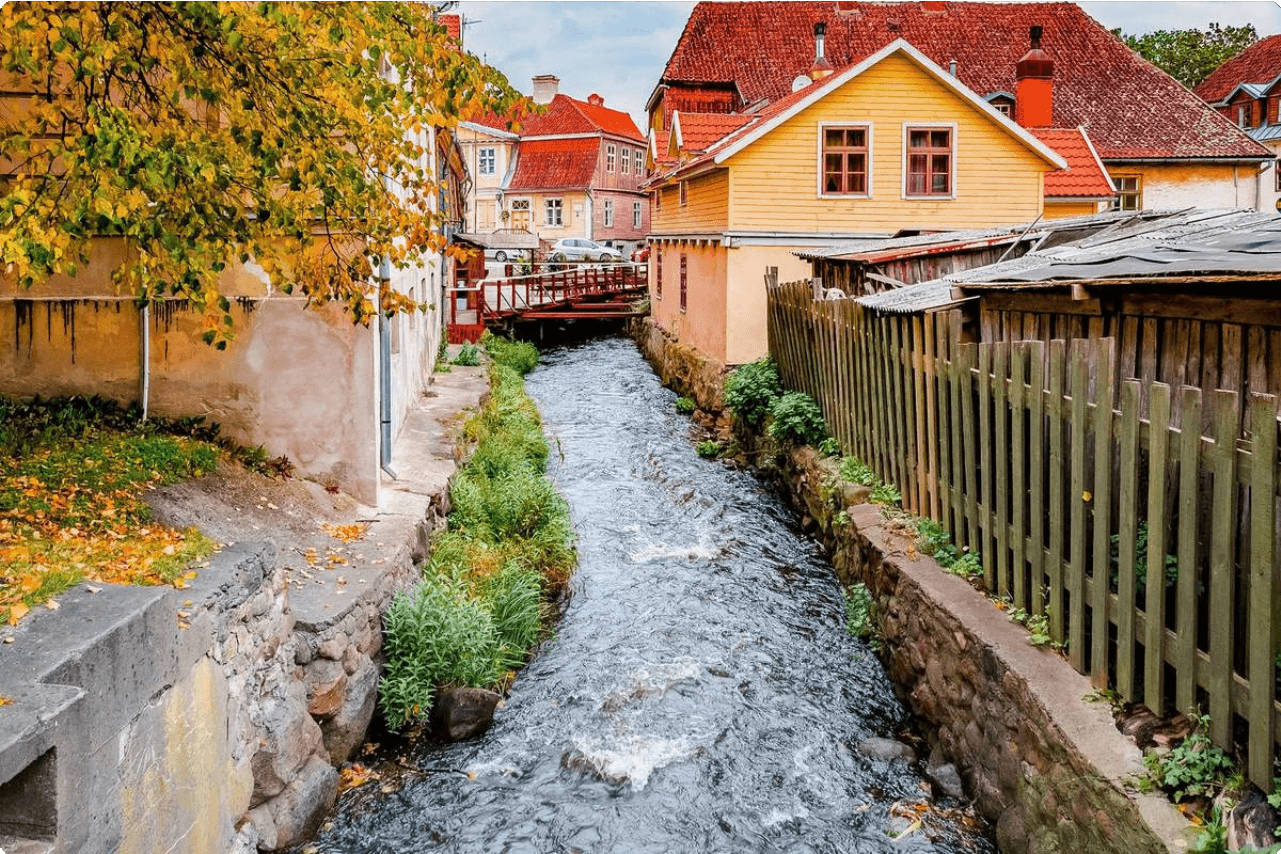
Kuld ga is also known for its vibrant cultural scene, with various festivals, art exhibitions, and performances taking place throughout the year. The town’s charming atmosphere and natural beauty make it a beloved destination for travelers seeking an authentic Latvian experience.
When visiting Kuld ga, be sure to explore the charming local cafes, artisan shops, and the unique Ventas Street, known for its striking wooden buildings and delightful atmosphere. The town’s distinct character and rich history make it a hidden gem in Latvia, offering a peaceful and enchanting escape for all who visit.
Rundale Palace
Rundale Palace is a stunning Baroque palace located in Pilsrund le, Latvia. It was built in the 18th century and is renowned for its magnificent architecture and extensive gardens. The palace was designed by the famous Italian architect, Francesco Bartolomeo Rastrelli, who also designed the Winter Palace in St. Petersburg, Russia.
The interior of Rundale Palace is equally breathtaking, with lavishly decorated rooms that showcase exquisite examples of Baroque and Rococo art and design. Visitors can explore the ornate ballrooms, grand halls, and opulent living quarters, experiencing the grandeur and opulence of the palace’s heyday.
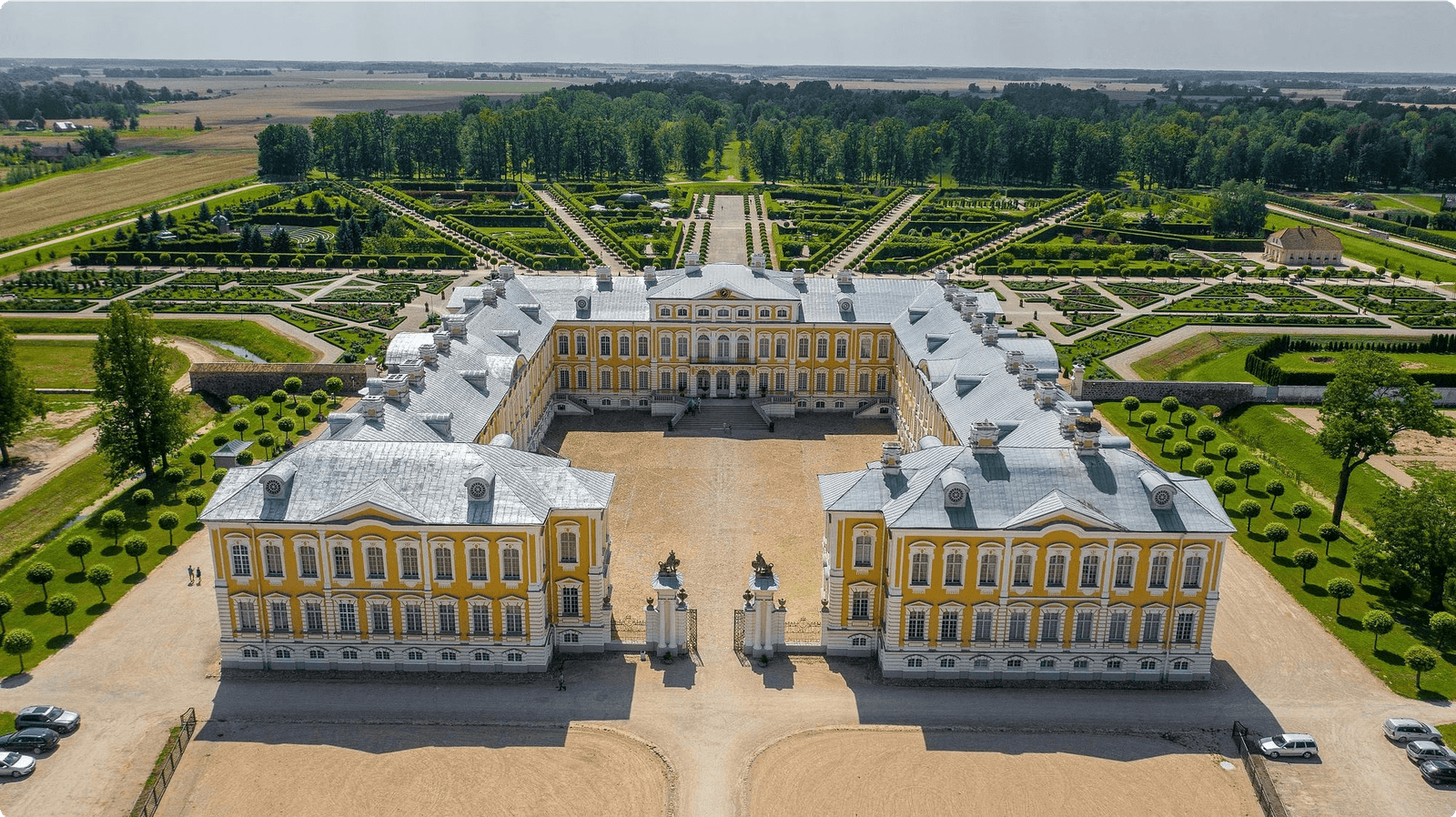
The palace’s sprawling French-style gardens are a sight to behold, with meticulously manicured lawns, elegant fountains, and vibrant flowerbeds. The symmetry and beauty of the gardens provide a peaceful and enchanting setting for leisurely strolls and photography.
Visiting Rundale Palace offers a glimpse into Latvia’s rich cultural and architectural heritage, making it a must-see destination for history and art enthusiasts, as well as anyone seeking to immerse themselves in the splendor of European palace life.
Image of Rundale Palace in Latvia
Gauja National Park
Gauja National Park is the largest and oldest national park in Latvia, known for its stunning natural landscapes and rich biodiversity. The park is located in the Vidzeme region and offers visitors a diverse range of outdoor activities, including hiking, cycling, and wildlife observation. The Gauja River, often referred to as the “backbone of Latvia,” flows through the park, creating picturesque scenes and providing opportunities for boating and fishing.
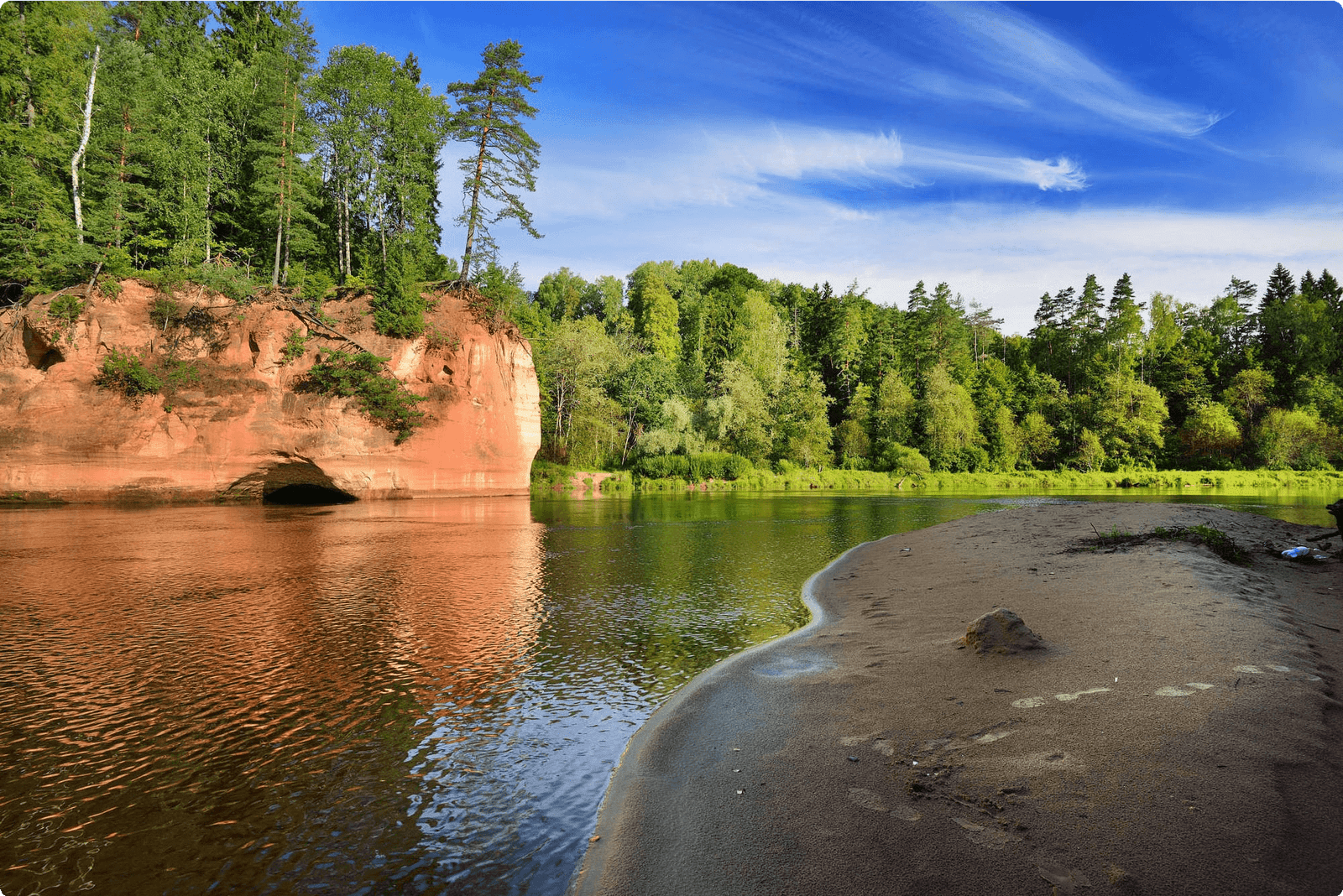
The park is also home to ancient historical sites, such as the Turaida Castle and the Gutmanis Cave, adding cultural significance to its natural beauty. In addition to its historical landmarks, Gauja National Park boasts dense forests, meandering trails, and exceptional viewpoints, making it a paradise for nature enthusiasts and adventurers.
Visitors can explore the park’s charming towns and villages, sampling local cuisine and experiencing the unique traditions of the Latvian countryside. With its captivating landscapes and immersive cultural experiences, Gauja National Park is a must-visit destination for anyone seeking an authentic and enriching Latvian adventure.
For a visual representation, imagine lush green forests, winding river paths, and ancient castle ruins surrounded by the vibrant colors of Latvian flora. The park offers a serene retreat into nature, where visitors can connect with Latvia’s natural and historical heritage.
Latvian Ethnographic Open Air Museum
The Latvian Ethnographic Open Air Museum, located in Riga, is a fascinating showcase of traditional Latvian architecture, culture, and lifestyle. Spread over 87 hectares of lush greenery, the museum offers a captivating insight into the heritage of Latvia. Visitors can explore over 100 historic buildings, including farmhouses, windmills, and churches, each meticulously preserved and representing different regions of the country.
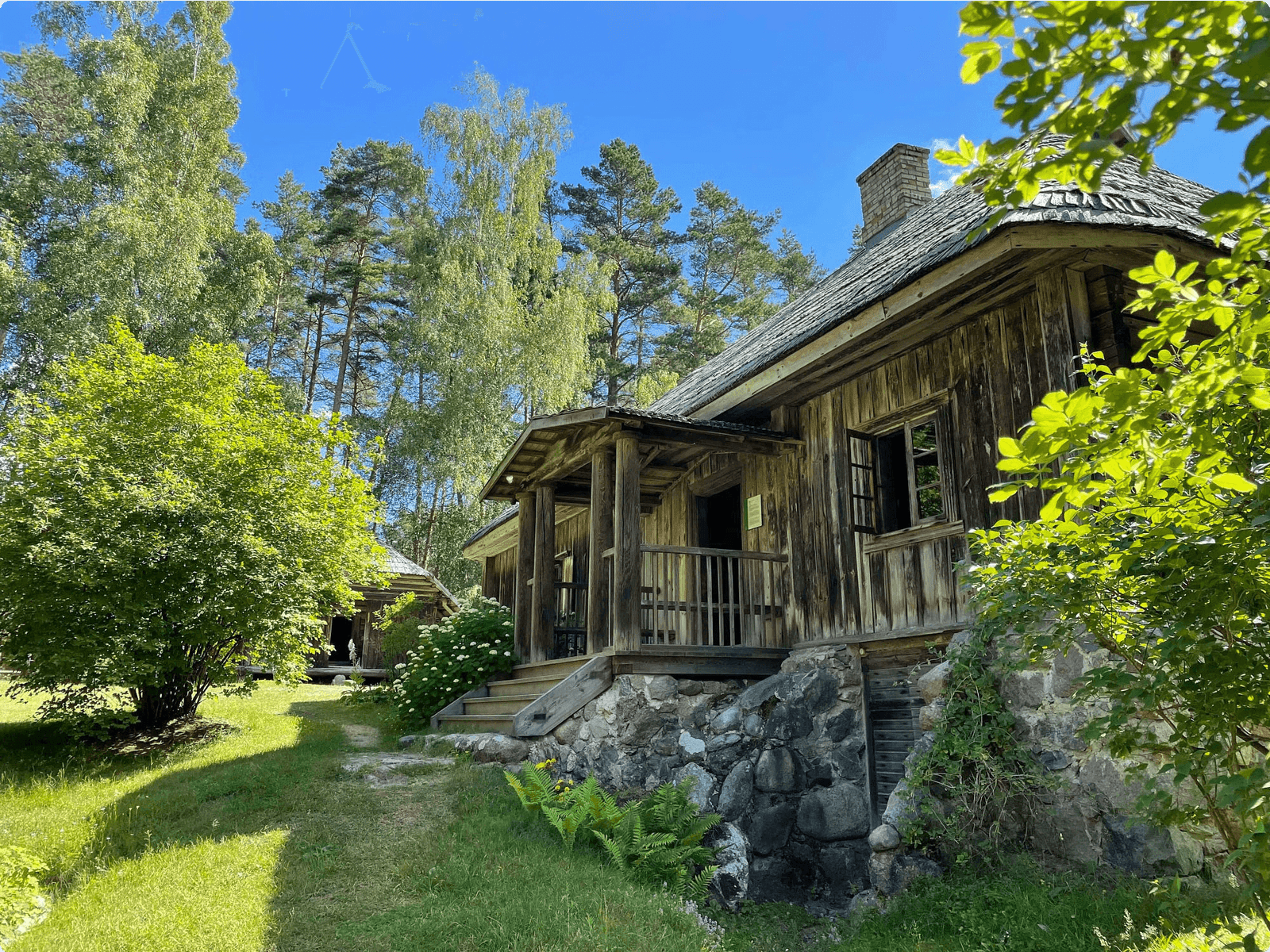
At the museum, guests can witness craftspeople demonstrating traditional skills such as weaving, pottery, and woodworking, keeping ancient traditions alive. The serene surroundings and the immersive experience provide a deep understanding of Latvian rural life and customs. The museum also hosts various events and festivals throughout the year, celebrating Latvian traditions, folk music, and dance.
With scenic walking paths, serene lakes, and beautiful landscapes, the museum is a tranquil haven for nature lovers and history enthusiasts alike. The authentic ambience and rich heritage make it a must- visit destination in Latvia, offering a unique and immersive cultural experience.
For a visual of the Latvian Ethnographic Open Air Museum, please click here.
Turaida Castle
Turaida Castle is a medieval fortress located in the Vidzeme region of Latvia. The castle was constructed in the 12th century under the Livonian Order and played a significant role in the historical events of the region. Surrounding the castle is a picturesque landscape, with lush greenery and the Gauja River
flowing nearby, creating a truly enchanting setting for visitors.
The castle complex includes a well-preserved main tower, living quarters, and a stone church, offering a glimpse into the architectural and historical heritage of Latvia. One of the most popular attractions within the castle grounds is the Garden of Destiny, a serene and thought-provoking space with sculptures and a panoramic view of the surrounding area.

Visitors can explore the castle’s interior, climb to the top of the tower for stunning views, and learn about the legends and folklore associated with the site. Turaida Castle stands as a symbol of Latvia’s rich history and is a must-visit destination for history enthusiasts and travelers seeking to immerse themselves in the country’s cultural heritage.
For a truly immersive experience, the castle often hosts medieval reenactments, cultural events, and educational activities, allowing visitors to step back in time and experience the vibrant traditions of medieval Latvia. The castle grounds provide an excellent opportunity for photography, with its captivating architecture against the backdrop of the Latvian countryside.
Cesis Castle
Cesis Castle is a medieval fortress in the town of Cesis, Latvia. It is one of the most iconic and well- preserved castles in the country, with a rich history dating back to the 13th century. The castle played a significant role in the medieval Livonian Order, serving as a strategic stronghold and witnessing various battles and sieges throughout the centuries.
The architecture of Cesis Castle is a captivating blend of Romanesque and Gothic styles, leaving visitors in awe of its grandeur and historical significance. Exploring the castle grounds offers a fascinating glimpse into Latvia’s medieval past, with its imposing towers, walls, and inner courtyard evoking a sense of ancient majesty.

Visitors to Cesis Castle can take guided tours to learn about its unique architecture, the lives of its former inhabitants, and the events that shaped its narrative. The castle also hosts cultural events, including concerts and reenactments, adding to its allure as a remarkable piece of Latvia’s cultural heritage.
Steeped in history and surrounded by scenic landscapes, Cesis Castle stands as a testament to Latvia’s medieval legacy, making it a must-visit destination for history enthusiasts and travelers seeking to immerse themselves in the country’s rich cultural tapestry.
Latvian National Opera
The Latvian National Opera is a historic and culturally significant institution in Riga, Latvia. It was established in 1919 and has since become a symbol of Latvian national identity, showcasing a wide range of operatic and ballet performances. The stunning architecture of the building itself is a testament to the country’s rich cultural heritage, with its grand facade and ornate interiors, offering a captivating experience for visitors.
Performances at the Latvian National Opera are renowned for their exceptional quality, featuring talented artists and musicians who bring classic and contemporary works to life on stage. The opera house hosts a diverse repertoire, including masterpieces by renowned composers such as Wagner, Verdi,
Tchaikovsky, and Latvian composers like Emils Darzins and Karlis Baumanis.
Visitors have the opportunity to immerse themselves in the enchanting world of opera and ballet, witnessing captivating storytelling through expressive performances set against the backdrop of the opera’s grand stage. The Latvian National Opera’s enduring legacy and commitment to artistic excellence make it a must-visit destination for cultural enthusiasts and travelers seeking a memorable and enriching experience in Latvia.
For a virtual tour of the Latvian National Opera and to explore upcoming performances, visit their official website.
Conclusion
In conclusion, Latvia offers a unique blend of rich history, vibrant culture, and breathtaking natural landscapes. Whether it’s exploring the medieval streets of Riga, indulging in traditional Latvian cuisine, or immersing oneself in the country’s colorful folklore, Latvia promises an unforgettable experience for travelers.
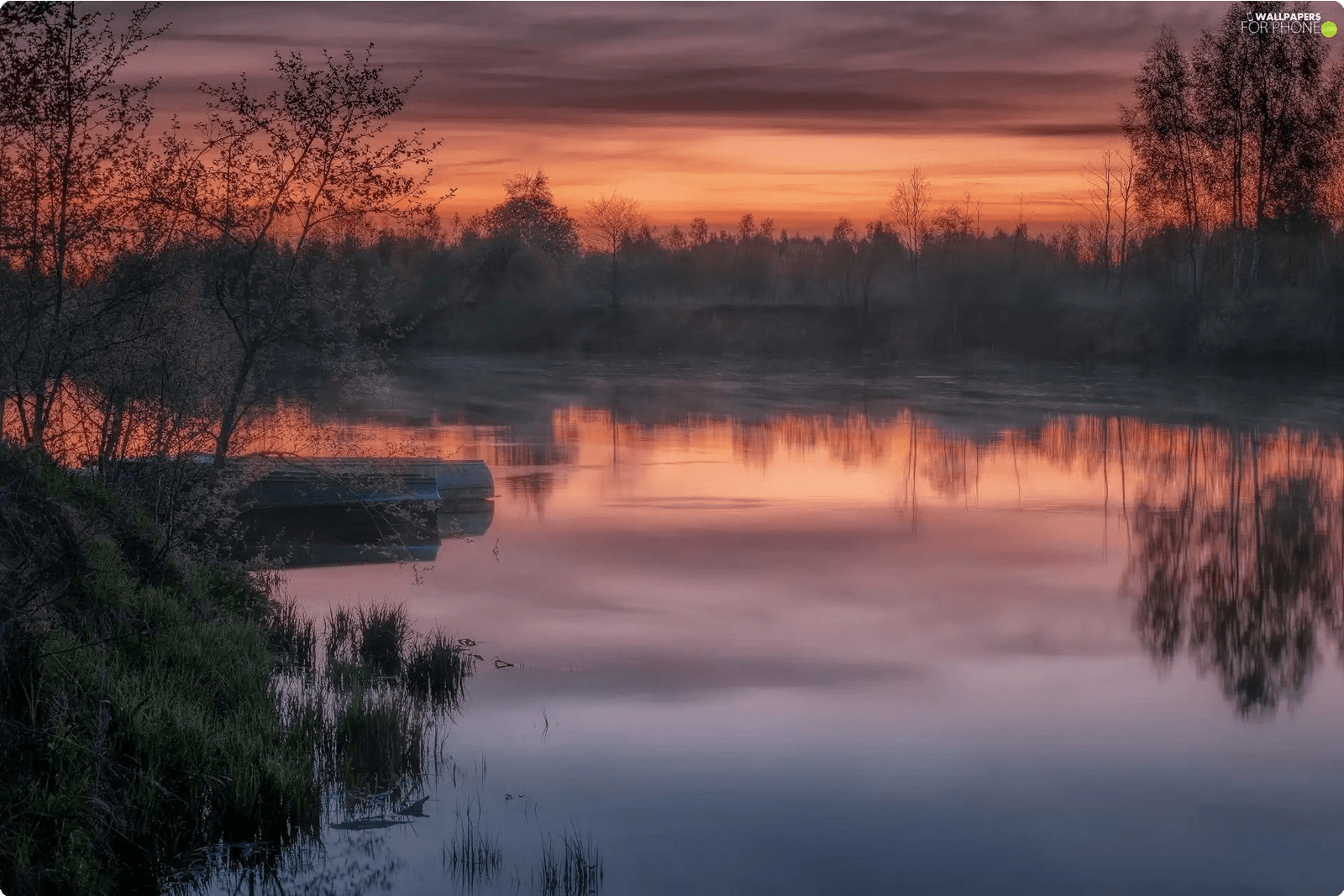
With its captivating blend of old and new, Latvia is a destination that holds endless opportunities for exploration and discovery. From the stunning Rundale Palace to the picturesque Gauja National Park, the country’s beauty knows no bounds. As the sun sets on this Baltic gem, visitors are left with cherished memories and a deep appreciation for all that Latvia has to offer.